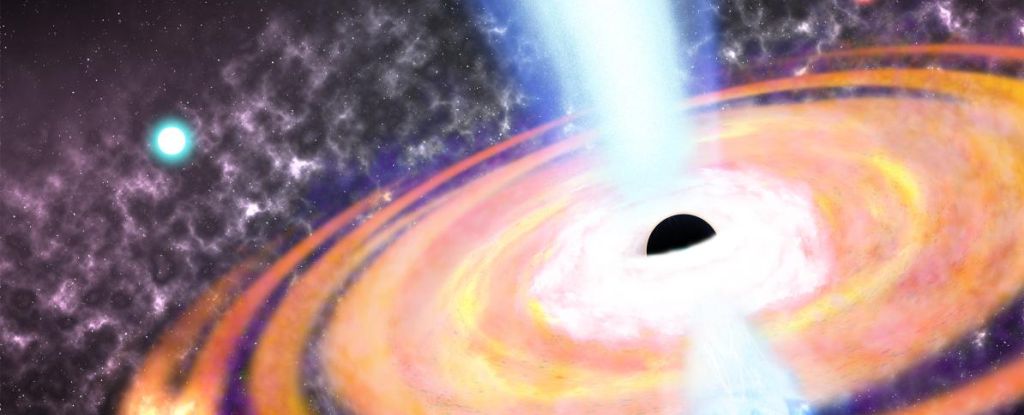# JWST Reveals a Surprise Twist in Black Hole And Galaxy Formation
The beginning of the Universe has long posed a chicken-and-egg dilemma. Did stars and galaxies come into existence first, and then black holes gradually formed within them? Or did black holes appear before the first galaxies? Following the Big Bang, as matter cooled and came together, it took on the shapes and forms that we observe over its 13.8 billion-year history. These objects are currently seen as stars in gravitationally bound systems known as galaxies, revolving around a supermassive black hole located within their center.
Traditionally, it was believed that stars and galaxies existed first. However, an analysis of early Universe data collected by the James Webb Space Telescope indicates that black holes and galaxies actually emerged together, with the black holes influencing the development of the galaxies around them. This surprising revelation challenges previous assumptions and could potentially transform our understanding of galaxy formation.
Understanding of the early Universe is limited due to our inability to directly observe it. During the first 500 million to 1 billion years after the Big Bang, a dense haze of gases between stars and galaxies made space opaque. Nevertheless, recent discoveries have challenged established models, such as the existence of unusually large black holes and galaxies that appear to have formed far earlier than previously thought.
The discovery of supermassive black holes poses a particular challenge, as they are believed to form from the collapse of massive stars. However, supermassive black holes are significantly larger, ranging in mass from millions to billions of times that of the Sun. This presents a puzzle as it would traditionally require a long time for these objects to form, suggesting that stars would have needed to exist first.
Data from JWST has revealed the presence of supermassive black holes in the early history of the Universe. These behemoths have been detected less than 500 million years after the Big Bang, with one observed at 470 million years and another at 400 million years. Astonishingly, the mass of the latter black hole, approximately 1.6 million times that of the Sun, appears to be equivalent to the mass of the surrounding baby galaxies. This suggests an alternate mechanism for black hole formation, involving massive clouds of matter collapsing directly into black holes without forming stars first.
According to the analysis conducted by astronomer Joseph Silk and his team, these black holes could have coexisted with the emerging galaxies, propelling their growth. As the core of the cloud collapsed into a black hole, the remaining outer regions of the cloud provided the material for the formation of young stars. This is due to the black hole feeding process generating powerful winds and high-speed plasma jets that compress the gas involved in star formation and trigger intense waves of star creation.
Silk indicates that although these violent winds or jets cannot be directly observed from distant locations, their presence is inferred from the numerous early black hole sightings in the Universe. Future observations are expected to further validate and refine this model.
It appears that the chicken-and-egg problem is oversimplified, as the formation of galaxies and black holes appears to have been mutually influential in shaping the early Universe. This new research has been published in The Astrophysical Journal Letters.









